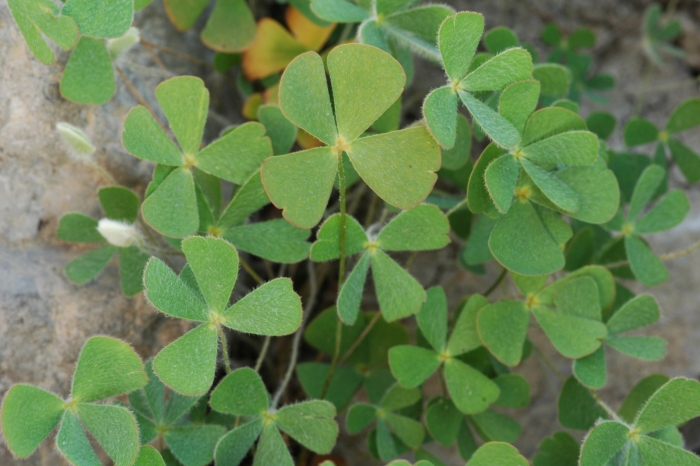Hairy Water-Clover
(Marsilea vestita)
Hairy Water-Clover (Marsilea vestita)
/
/

Timothy McNitt
CC BY 4.0
Image By:
Timothy McNitt
Recorded By:
Copyright:
CC BY 4.0
Copyright Notice:
Photo by: Timothy McNitt | License Type: CC BY 4.0 | License URL: http://creativecommons.org/licenses/by/4.0/ | Rights Holder: Timothy McNitt | Publisher: iNaturalist | Date Created: 2006-07-25T18:17:44-07:00 |













Estimated Native Range
Summary
Marsilea vestita, commonly known as hairy water-clover, is a semi-aquatic fern native to vernal pools, marshes, and slow-moving streams in western and central North America. This species exhibits dimorphic growth, developing into either a water form with floating leaves or a land form with erect leaves, depending on environmental conditions. The typical height and width of the plant are variable, as it can spread indefinitely in favorable conditions. Hairy water-clover has clover-like leaves that are typically covered with fine hairs, giving the plant its common name. The fern reproduces through spores and can also spread vegetatively.
In cultivation, Marsilea vestita is valued for its unique appearance and adaptability, making it an interesting addition to water gardens, ponds, and as a ground cover in moist areas. It thrives in full sun to part shade and prefers wet, muddy soils. While it can be grown in standing water, it is also drought-tolerant once established. Gardeners should be aware that in some conditions, it can spread aggressively, potentially outcompeting other plants. It is not commonly afflicted by diseases or pests, but it can be sensitive to water quality and may require clean, non-polluted water to thrive.CC BY-SA 4.0
In cultivation, Marsilea vestita is valued for its unique appearance and adaptability, making it an interesting addition to water gardens, ponds, and as a ground cover in moist areas. It thrives in full sun to part shade and prefers wet, muddy soils. While it can be grown in standing water, it is also drought-tolerant once established. Gardeners should be aware that in some conditions, it can spread aggressively, potentially outcompeting other plants. It is not commonly afflicted by diseases or pests, but it can be sensitive to water quality and may require clean, non-polluted water to thrive.CC BY-SA 4.0
Plant Description
- Plant Type: Fern
- Height: 0.2-0.5 feet
- Width: 0.5-1 feet
- Growth Rate: Moderate
- Flower Color: N/A
- Flowering Season: Non-Flowering
- Leaf Retention: Deciduous
Growth Requirements
- Sun: Part Shade
- Water: Medium, High
- Drainage: Fast, Medium, Slow, Standing
Common Uses
Erosion Control, Low Maintenance, Water Garden
Natural Habitat
native to vernal pools, marshes, and slow-moving streams in western and central North America
Other Names
Common Names: Clover Fern, Hairy Peppermint, Hairy Pepperwort, Hooked-Pepperwort, Water Clover, Hairy Clover Fern, Hairy Water Fern
Scientific Names: , Marsilea vestita, Marsilea brevipes, Marsilea brevipes, Marsilea fournieri, Marsilea longipes, Marsilea minuta, Marsilea mucronata, Marsilea picta, Marsilea tenuifolia
GBIF Accepted Name: